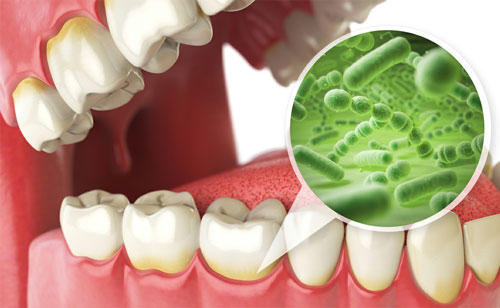A new study from the Nether lands found that people at risk of developing rheumatoid arthritis (RA) and people with early RA (ERA) had higher levels of two groups of bacteria, Prevotella and Veillonella, in their saliva.
Both groups also had higher levels of Veillonella in the bacterial coating of their tongue.
Prevotella and Veillonella are potentially pro-inflammatory bacteria, and their relative abundance suggests a possible link between oral microbes and RA.
This study builds on previous research that found that people with ERA, at risk of developing RA, and with diagnosed RA tend to experience higher rates of periodontal disease and changes in their oral and intestinal microbiota.
If confirmed, these findings could help illuminate how RA develops and improve preclinical testing for RA and ERA.
An estimated 1.5 million people living in the United States alone have RA, an autoimmune disease that causes joint pain, swelling, and eventually damage.
Researchers continue to look for new ways to diagnose RA, especially in its early stages.
That is because the earlier a person receives a proper diagnosis of and treatment for RA, the better their chances of good outcomes, such as limiting joint damage and functional loss.
Researchers also remain uncertainTrusted Source as to what exactly causes RA to develop, although it seems to depend on a mix of genetic and environmental factors.
In more recent years, RA researchers have been exploring the link between ERA, people at risk of RA, and the changes in their oral and intestinal microbiota, or community of microbes.
It seemsTrusted Source people with ERA and at risk of RA have abnormal levels of certain bacteria in the mucus that lines the mouth and intestines.
They also seem to be more likely than other people to have periodontal disease, or gum disease.
What is more, some research indicatesTrusted Source RA may begin in the oral cavity.
That is why a team of researchers from the Academic Centre for Dentistry of Amsterdam (ACTA) set out to analyze the microbial populations and periodontal condition of people with ERA, those at risk of RA, and a control group of people without these conditions for comparison.










